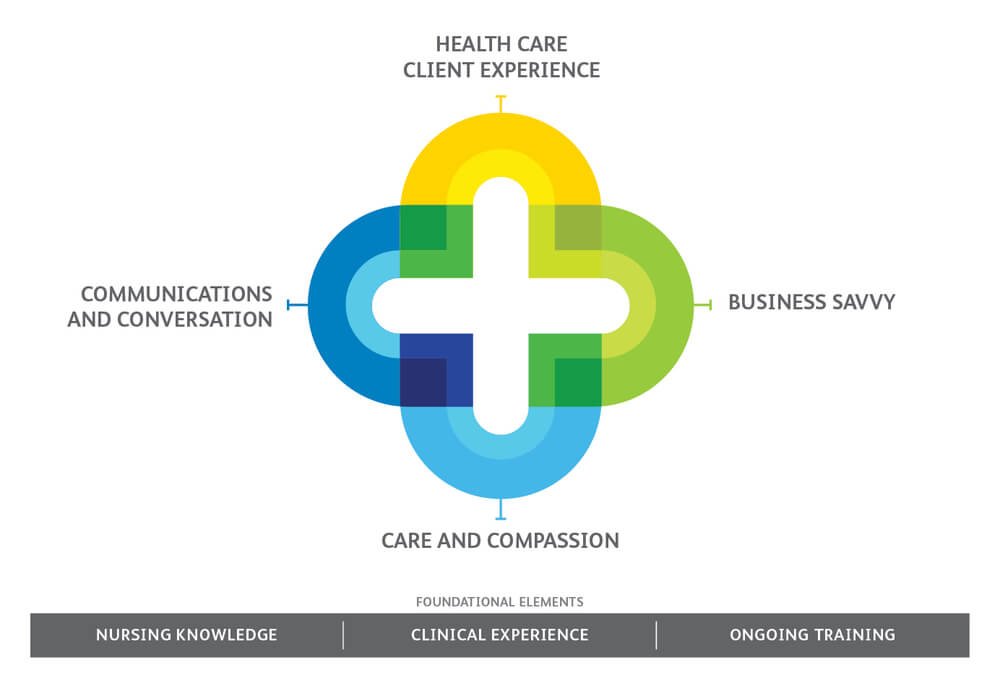UUM1 TASK 1 NURSING SERVICE LINE
Nursing service line is an essential aspect of healthcare, and it plays a crucial role in providing patient-centered care. It involves the coordination of nursing services and the development of nursing care plans to meet the needs of patients. Nursing service line is a collaborative approach that involves nurses, physicians, and other healthcare professionals to provide comprehensive care to patients. In this article, we will discuss nursing service line, its importance, and how it impacts patient outcomes.

Definition of Nursing Service Line
A nursing service line is a healthcare delivery model that focuses on providing comprehensive care to patients through the coordination of nursing services. It involves the integration of nursing care, management, and education to provide a patient-centered approach to care. Nursing service line models are designed to improve patient outcomes by providing a coordinated and collaborative approach to healthcare.
Importance of Nursing Service Line
Nursing service line is essential in healthcare because it ensures that patients receive high-quality care that is tailored to their specific needs. The following are some of the key benefits of nursing service line:
- Improved Patient Outcomes
Nursing service line ensures that patients receive coordinated and comprehensive care that meets their individual needs. This approach to care has been shown to improve patient outcomes, such as reducing hospital readmissions, decreasing the length of hospital stays, and improving patient satisfaction.
- Increased Efficiency and Cost Savings
Nursing service line models are designed to improve efficiency and reduce costs. By streamlining nursing care, reducing duplication of services, and eliminating unnecessary tests and procedures, nursing service line models can help reduce the overall cost of care while improving patient outcomes.
- Improved Communication and Collaboration
Nursing service line models require communication and collaboration between nurses, physicians, and other healthcare professionals. This collaborative approach to care can improve communication and reduce errors, leading to better patient outcomes.
- Enhanced Patient Satisfaction
Patients who receive care through nursing service line models are more likely to be satisfied with their care. This is because nursing service line models are designed to provide patient-centered care that meets the individual needs of each patient.

Pay Someone to Do My Homework for Me
Components of Nursing Service Line
The following are the key components of nursing service line:
- Nursing Care
Nursing care is at the core of nursing service line. Nurses are responsible for providing care to patients, developing care plans, and coordinating care with other healthcare professionals.
- Nursing Management
Nursing management involves the coordination of nursing services, such as staffing, scheduling, and resource allocation. Nursing management is essential for ensuring that nursing care is delivered efficiently and effectively.
- Nursing Education
Nursing education is a critical component of nursing service line. It involves the training and education of nurses to ensure that they have the knowledge and skills necessary to provide high-quality care to patients.
- Quality Improvement
Quality improvement is an ongoing process that is essential for ensuring that nursing service line models are effective in improving patient outcomes. Quality improvement involves monitoring patient outcomes, identifying areas for improvement, and implementing changes to improve care.
- Patient-Centered Care
Patient-centered care is an essential component of nursing service line. It involves tailoring care to meet the individual needs of each patient and involving patients in the decision-making process.
Impact of Nursing Service Line on Patient Outcomes
Nursing service line has a significant impact on patient outcomes. The following are some of the ways in which nursing service line can improve patient outcomes:
- Reduced Hospital Readmissions
Nursing service line models are designed to provide coordinated and comprehensive care to patients. This approach to care has been shown to reduce hospital readmissions by ensuring that patients receive the care they need to manage their conditions and avoid complications.
- Decreased Length of Hospital Stays
Nursing service line models can also help reduce the length of hospital stays by streamlining nursing care and avoiding unnecessary tests and procedures. This approach to care can help patients recover more quickly and return home sooner, leading to better outcomes and reduced costs.
- The Best AI Writing Tool For Essay Writing In College
- Essay Writing AI Tool for International Students -Boost Your Grades
- Essay Writing Website For International Students -Boost Your Grades
- Improved Patient Satisfaction
Nursing service line models are designed to provide patient-centered care that meets the individual needs of each patient. This approach to care can improve patient satisfaction by ensuring that patients feel heard, valued, and cared for.
- Enhanced Care Coordination
Nursing service line models require collaboration and communication between nurses, physicians, and other healthcare professionals. This coordinated approach to care can improve care coordination and reduce errors, leading to better patient outcomes.
- Improved Quality of Care
Nursing service line models are designed to improve the quality of care by focusing on evidence-based practices, patient-centered care, and ongoing quality improvement. This approach to care can improve patient outcomes and ensure that patients receive the highest quality care possible.
Challenges of Nursing Service Line
Despite the many benefits of nursing service line, there are also some challenges that healthcare organizations may face when implementing this approach to care. The following are some of the key challenges of nursing service line:
- Resistance to Change
Implementing nursing service line models requires changes to the way care is delivered and managed. Some healthcare professionals may resist these changes, leading to challenges in implementing nursing service line models.
- Lack of Resources
Implementing nursing service line models requires resources, such as staffing, training, and technology. Healthcare organizations may struggle to allocate these resources, leading to challenges in implementing nursing service line models.
- Difficulty in Standardizing Care
Nursing service line models require standardization of care to ensure that all patients receive the same high-quality care. However, standardizing care can be challenging, especially in complex healthcare environments.
- Limited Interprofessional Collaboration
Nursing service line models require collaboration and communication between nurses, physicians, and other healthcare professionals. However, limited interprofessional collaboration can be a barrier to implementing nursing service line models effectively.
Conclusion
Nursing service line is an essential component of healthcare that is designed to improve patient outcomes through a coordinated and collaborative approach to care. Nursing service line models focus on nursing care, nursing management, nursing education, quality improvement, and patient-centered care. Implementing nursing service line models can lead to reduced hospital readmissions, decreased length of hospital stays, improved patient satisfaction, enhanced care coordination, and improved quality of care. However, healthcare organizations may face challenges in implementing nursing service line models, such as resistance to change, lack of resources, difficulty in standardizing care, and limited interprofessional collaboration.
- How to Write an Essay Outline in 6 Steps – Guidelines & Examples
- Best Essay Writing Service 2023 -Cheapest Paper Writing Website
Find online help in writing essays, research papers, term papers, reports, movie reviews, annotated bibliographies, speeches/presentations, projects, presentations, dissertation services, theses, research proposals, essay editing, proofreading, Book reviews, article reviews, formatting, personal statements, admission essays, scholarship essays, application papers, among others.


 WRITE MY ESSAY NOW!
WRITE MY ESSAY NOW!